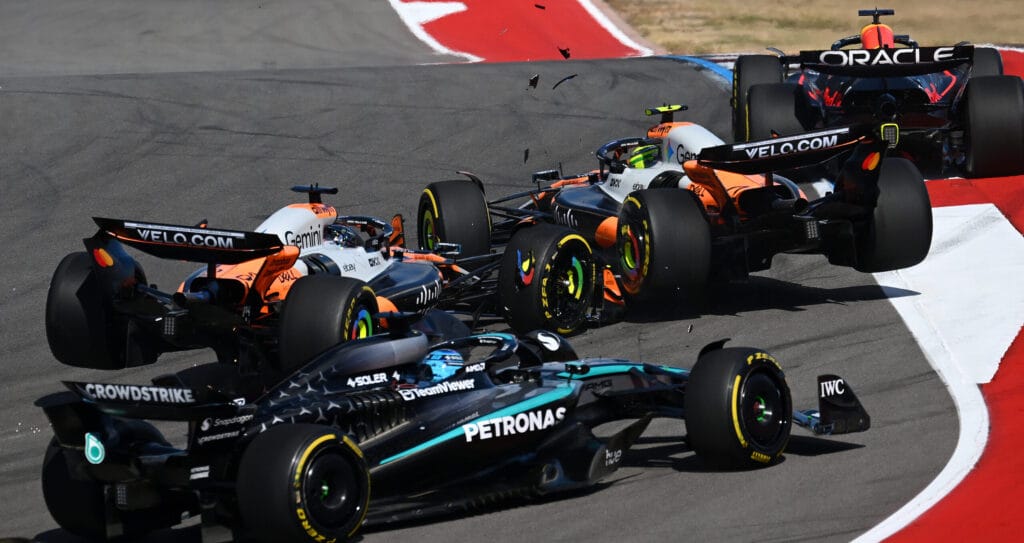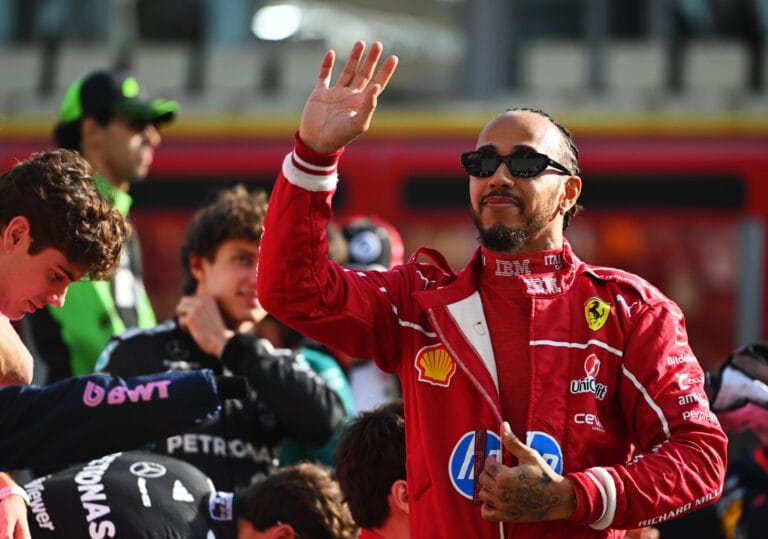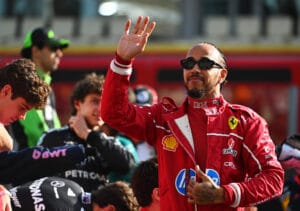The past race weekend in Austin had plenty of highlights, but perhaps the most talked-about moment was the chaotic start of the sprint race. Both McLaren drivers were caught up in a spectacular crash, allowing race leader and title contender Max Verstappen to take full advantage. Former driver and analyst Martin Brundle scrutinizes the incident and explains how McLaren was disadvantaged throughout the weekend as a result.
“Max Verstappen and Red Bull were in top form in Austin,” Brundle wrote in his column for Sky Sports. “They dominated both qualifying sessions, with relatively comfortable victories in both the sprint and the main race. Sprint weekends seem to benefit Max’s talent and confidence. Every day counts, and in many ways, this has a cumulative effect. Perhaps it can be compared to a peloton in a cycling race; once you fall behind, it’s incredibly difficult to catch up with the rest.”
Brundle then turned his attention to McLaren and the incident at the start of the sprint race. “It looked more like a demolition derby,” he compared the crash to an American wrecking spree. The Brit explained that McLaren, due to the double retirement, missed crucial data for the rest of the weekend. “Information about tire wear, balance, setup, and fuel consumption are essential for the Grand Prix. This affected McLaren. Two damaged cars had to be repaired hastily, no championship points were scored, and no knowledge was gained for the next day. As a result, McLaren was essentially at a disadvantage all weekend,” Brundle concluded.
‘Piastri Largely Responsible’
Brundle placed the blame for the sprint chaos on McLaren driver Oscar Piastri: “He was largely responsible. The first corner is very wide on entry, but narrows significantly at the apex. Additionally, the runoff area is limited – naturally inviting contact. The rear tires are already fairly warm in that corner, but the front tires and brakes only have the residual heat from the formation lap. With a full tank, it’s then difficult to brake sufficiently.”
“Verstappen had a perfect start in the sprint,” he continued. “Norris was on the dirty side of the track and therefore got off a bit slower, but still managed to claim the first corner before Piastri, who actually had a better start. To take full advantage of Norris’ tight overtaking maneuver, Piastri braked late and turned sharply inward to outwit his title rival. A textbook example of a normal first corner battle – but not at the start. After all, you can assume that there are more cars in that corner, cars that can no longer brake or change direction. Piastri was completely focused on his rival, but the rest of the field mercilessly held him accountable.”









